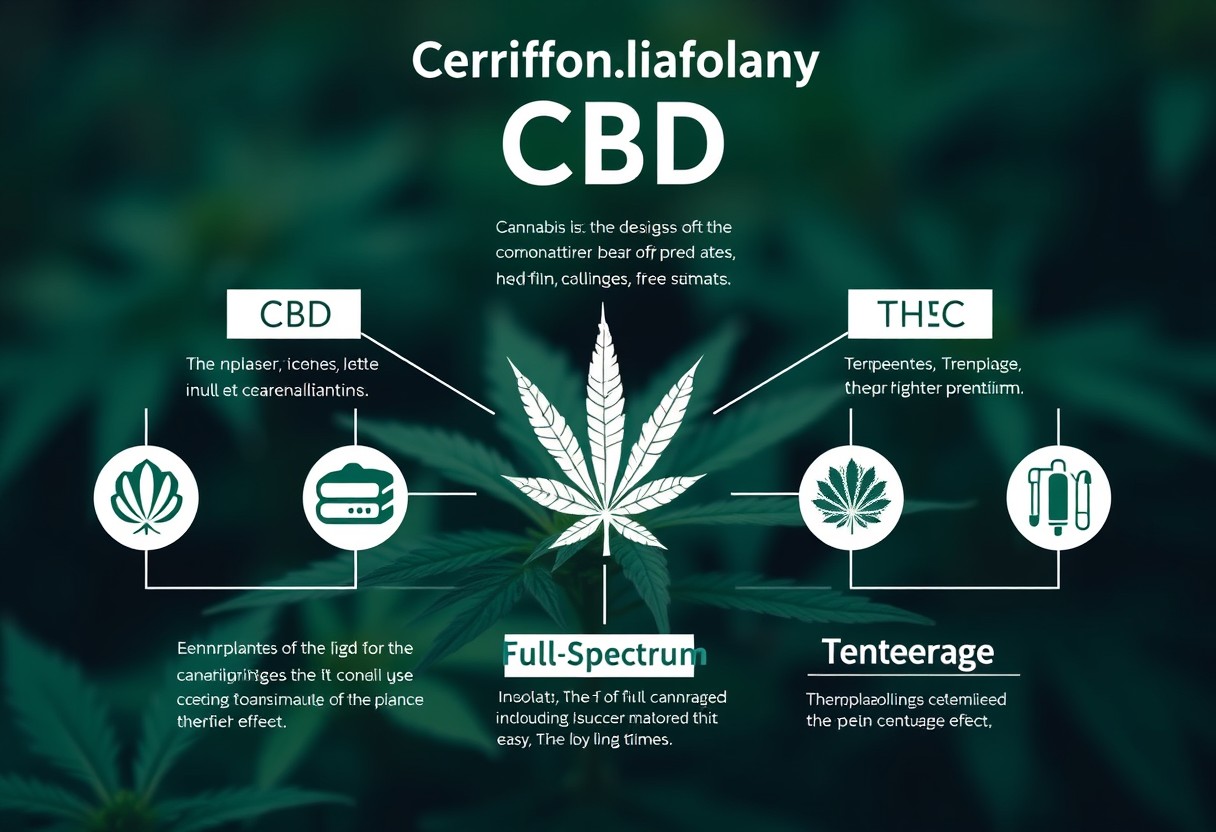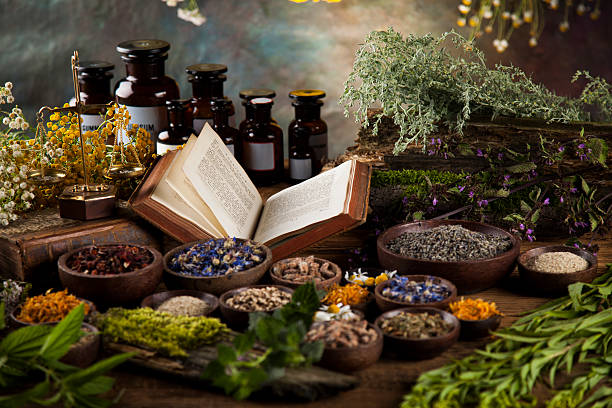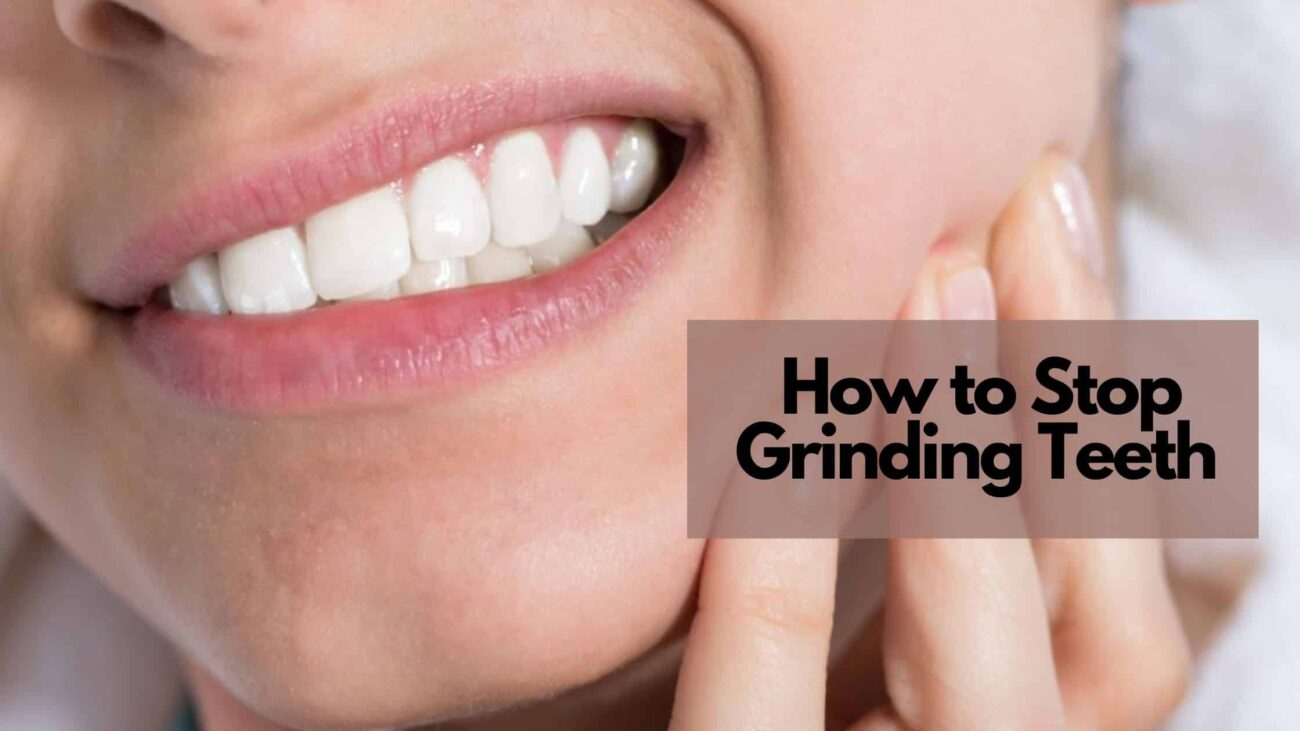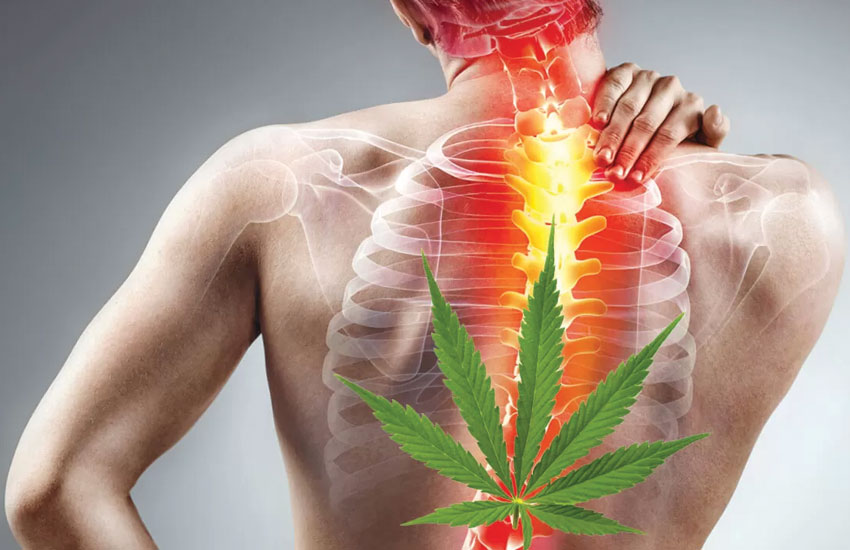CBD Terminology – 5 Steps To Navigate The Language Of Cannabis

Many consumers find themselves overwhelmed by the complex language surrounding CBD and cannabis products. Understanding the terminology is crucial, as it can significantly impact your health outcomes and purchasing decisions. This blog post will guide you through five crucial steps that will enable you to decode CBD jargon, from distinguishing between different cannabinoids to identifying reliable product labels. By the end, you’ll have the knowledge to make informed choices and confidently navigate the evolving world of cannabis.
Key Takeaways:
- Understand Terminology: Familiarize yourself with common CBD and cannabis terminology to better navigate product labels and marketing claims.
- Product Types: Recognize the differences between various CBD products such as oils, edibles, topicals, and isolates to make informed choices based on your needs.
- Extraction Methods: Learn about different extraction techniques (like CO2 extraction or solvent extraction) as they impact the quality and effectiveness of CBD products.
1. **Understand CBD vs. THC differences for informed choices.**
2. **Familiarize with extraction methods: CO2, ethanol, etc.**
3. **Learn about full-spectrum, broad-spectrum, and isolate products.**
4. **Know the importance of lab testing and certificates.**
5. **Recognize various consumption methods: oils, edibles, topicals.**
6. **Stay updated on regulations affecting CBD terminology.**
Understanding CBD Basics
The world of CBD can be confusing, but it’s important to grasp the fundamentals to navigate this growing industry confidently. For a deep probe cannabis terminology, check out The Ultimate Cannabis Terminology Guide.
What is CBD?
What you need to know is that CBD, or cannabidiol, is a non-psychoactive compound found in the cannabis plant. Unlike THC, which is responsible for the “high” associated with marijuana, CBD offers potential health benefits without altering your mental state. It’s gaining popularity for its therapeutic properties, particularly in alleviating anxiety, pain, and inflammation.
The Difference Between CBD and THC
One of the key differences between CBD and THC lies in their effects on the brain and body. While both are cannabinoids that interact with your endocannabinoid system, CBD does not produce a euphoric high, making it a preferred choice for those seeking relief without intoxicating effects.
This distinction is crucial: with CBD, you can expect a more therapeutic experience, while THC may induce feelings of euphoria, which is beneficial for some medical conditions but not desired by everyone. If you are considering incorporating CBD into your routine, understanding its unique properties compared to THC will help you make informed decisions suited to your needs.
Cannabinoids Explained
One important aspect of cannabis is the diverse group of compounds known as cannabinoids. These substances, including CBD and THC, interact with your body’s endocannabinoid system, which helps regulate various physiological and cognitive processes.
A deeper understanding of cannabinoids reveals that there are over 100 different types, each potentially offering its own set of benefits. Some cannabinoids may be beneficial for reducing anxiety, while others could aid in pain management or even appetite stimulation. Being aware of the different cannabinoids can help you select products that align closely with your health goals.
Common CBD Terminology
It’s necessary to understand the terminology associated with CBD to make informed decisions about your wellness journey. Here are some key terms that you will come across.
Full-Spectrum CBD
Terminology like “full-spectrum CBD” refers to products that contain all of the cannabinoids found in the cannabis plant, including varying levels of THC (tetrahydrocannabinol). This type of CBD retains the plant’s natural array of beneficial compounds, which may enhance its effects.
Broad-Spectrum CBD
On the other hand, broad-spectrum CBD contains multiple cannabinoids but is THC-free, making it an excellent option for those who wish to avoid psychoactive effects while still potentially benefiting from the other compounds found in the plant.
This broad-spectrum extract allows you to experience many of the therapeutic benefits of cannabinoids without the risk of intoxication, making it ideal for those sensitive to THC or subject to drug testing.
CBD Isolate
On the contrary, CBD isolate is a pure form of CBD that has been separated from all other cannabinoids and compounds, resulting in a product that is around 99% pure CBD. This is perfect for individuals seeking the benefits of CBD without any trace of THC.
This means you can confidently incorporate CBD into your routine without having to worry about potential psychoactive effects or positive drug tests. It’s often available in powder or crystal form, allowing you to easily add it to food or beverages.
Entourage Effect
FullSpectrum effects are linked with something called the entourage effect, which suggests that all cannabinoids and terpenes in the cannabis plant work synergistically to enhance the potential therapeutic benefits. This means that you might experience improved results when using full-spectrum products.
BroadSpectrum consumers often report better outcomes when utilizing products that embrace the entourage effect, as the combination of various cannabinoids and terpenes may enhance their overall wellness experience. It’s important to explore each option to understand which formulation works best for your unique needs.
Common knowledge of these terms can significantly improve your journey into the world of CBD, allowing you to choose products that align with your wellness goals.
Types of CBD Products
To effectively navigate the language of cannabis and its associated products, it’s imperative to be aware of the different types of CBD products available on the market. Each type offers unique benefits and methods of consumption that can suit various preferences and needs. Below is a breakdown of common CBD product categories:
| CBD Type | Usage |
| Oils and Tinctures | Droplets under the tongue for fast absorption |
| Edibles and Gummies | Tasty treats for discreet consumption |
| Topicals | Applied directly to the skin for localized relief |
| Vapes | Inhaled for immediate effects |
| Capsules and Pills | Convenient dosing for on-the-go use |
Oils and Tinctures
For those seeking quick relief, oils and tinctures are excellent choices. They typically come in small bottles with dropper tops, allowing you to place a few drops under your tongue. This method ensures rapid absorption into your bloodstream, leading to faster results compared to other forms.
Edibles and Gummies
The appeal of edibles and gummies lies in their convenience and taste. These products come in various flavors and allow for a discreet way to incorporate CBD into your daily routine. They generally provide longer-lasting effects, although the onset time may vary.
Tinctures often have a delayed effect due to digestion, but they can be a fun way to enjoy your daily dose of CBD. Keep in mind that edibles can introduce a potent and prolonged experience, which is beneficial for those who may need sustained relief. Make sure to start with a low dose to assess your body’s reaction.
Topicals
To experience the localized relief that topicals provide, consider applying CBD-infused creams, balms, or salves directly to the affected area. They are particularly beneficial for targeted relief, making them popular among individuals with localized pain or skin conditions.
Understanding the different types of topicals can enhance your experience with CBD. Many formulations include additional ingredients such as menthol or eucalyptus, which can synergize with CBD for improved relief. Always read labels to ensure you’re getting a product that meets your needs.
Vapes
To enjoy a rapid response, vapes are an increasingly popular option. These devices heat CBD oil or flower, allowing you to inhale the vapor directly into your lungs, which leads to faster effects compared to other methods.
Vaping can be a suitable choice for seasoned CBD users seeking immediate relief. The versatility of vape products means you can find various flavors and potencies, catering to your preferences. However, it’s imperative to use high-quality products to mitigate any potential health risks associated with vaping.
Capsules and Pills
Edibles can also come in the form of capsules and pills, which offer a simple and straightforward method of consumption. These products allow for consistent dosing and are easy to integrate into your daily routine without any noticeable taste.
The benefits of capsules and pills include their discreet nature and controlled dosage, enabling you to consume CBD without the hassle of measuring oils or dealing with edibles that might melt. It’s important to choose products made with quality ingredients for the best results.
Oils and tinctures, edibles and gummies, topicals, vapes, and capsules and pills each serve a unique purpose in the world of CBD. Recognizing the distinctions among them will allow you to select the products that best fit your lifestyle and health goals.
Dosage and Administration
Now that you’ve familiarized yourself with CBD terminology, it’s crucial to understand dosage and administration to optimize your CBD experience. This chapter will guide you through the vital steps to finding the right dosage, understanding methods of administration, and the importance of timing and frequency.
Finding the Right Dosage
Right dosage of CBD can differ significantly from person to person. Begin by starting low and gradually increasing your intake until you find the optimal level for your body and needs. It’s advisable to consult with a healthcare professional who can provide personalized advice based on your health status and goals.
Methods of Administration
Dosage can be effectively administered through various methods, including tinctures, capsules, edibles, and topical applications. Each method has its own absorption rate and onset time, which can affect how quickly you experience the benefits. For instance, tinctures taken sublingually tend to offer faster effects compared to edibles, which may take longer to metabolize. Choose a method that fits your lifestyle and comfort level for the best experience.
Timing and Frequency
Timing and frequency of your CBD intake are vital factors to consider for achieving the desired effects. You may find that taking CBD at specific times of day enhances its benefits, whether for stress-relief, pain management, or sleep support.
It is crucial to maintain consistency with your timing and dosage frequency. You might want to establish a daily routine, taking CBD at the same times each day to help your body adjust and optimize the compound’s effects. This way, you can better evaluate its impact and make any necessary adjustments in consultation with a healthcare provider for your specific needs.
Regulatory Landscape
Despite the growing popularity of CBD, navigating its regulatory landscape can be challenging. Various regions have different laws regarding the production, sale, and use of CBD products. It is vital for you to stay informed about these regulations to ensure you are using CBD responsibly. For more details, refer to How to read and understand a cannabis product label.
Legality of CBD
Any use of CBD must align with your local laws. In many places, CBD derived from hemp with low THC (tetrahydrocannabinol) levels is legal, while products that contain higher THC levels may be subject to stricter regulations. Confirming the legality of your chosen products is critical for safe usage.
Quality Standards and Lab Testing
For CBD products to be effective and safe, they must pass certain quality standards and undergo thorough laboratory testing. Always look for products that provide third-party lab results, as this ensures transparency and reliability in the ingredients.
For instance, reputable CBD brands often publish certificate of analysis (COA) reports, which detail the cannabinoid profile and identify the presence of contaminants such as pesticides or heavy metals. This level of testing gives you confidence that the product meets safety and quality benchmarks.
Understanding Labels
Standards in labeling are crucial for you to make informed decisions. Labels should accurately reflect the contents and potency of the product, including the amount of CBD and THC, as well as other terpenes and cannabinoids present.
Testing for these elements ensures that the information on the label is reliable. When you view a label, look for clear dosage information, expiry dates, and source of the hemp. These aspects not only guarantee legality but also boost your confidence in the product’s quality and safety.
Myths and Misconceptions
Once again, the world of CBD and cannabis is plagued by numerous myths and misconceptions that can easily mislead consumers. Understanding these falsehoods is crucial for making informed decisions and maximizing your experience with CBD products. Let’s probe some common misconceptions to help you navigate this complex landscape.
CBD and Drug Testing
Any concern about passing a drug test when using CBD is valid, as some products may contain THC, the psychoactive compound found in cannabis. While CBD itself is not tested for in most standard drug screenings, it’s imperative to choose third-party tested CBD products to minimize the risk of consuming unwanted THC, which could lead to a positive test result.
CBD as a Miracle Cure
Misconceptions abound regarding CBD’s efficacy as a “miracle cure” for various ailments. While CBD may offer benefits for certain conditions, it is typically not a standalone treatment. It’s important to approach CBD with realistic expectations based on scientific evidence rather than anecdotes.
A growing body of research suggests that CBD may aid in managing conditions such as anxiety or chronic pain, but it’s crucial to consult your healthcare provider. Overstating its benefits can lead to disappointment, as results may vary from person to person. Always remember, CBD should complement a well-rounded treatment plan rather than replace conventional therapies.
Legalizing vs. Decriminalizing CBD
Misconceptions regarding the terms “legalizing” and “decriminalizing” CBD can lead to confusion about your rights and product availability. Legalizing means that CBD products can be sold and regulated under law, while decriminalizing often means that penalties for possession are reduced or eliminated. Understanding these terms helps you navigate local laws effectively.
This distinction is significant, as it influences the availability of CBD products. In some states, while CBD has been legalized for medical use, it may still carry restrictions on sales or quality control. Stay informed about your local regulations to ensure that you are using legal and reliable CBD products.
Summing up
On the whole, navigating the intricate language of cannabis can seem daunting, but by following these five important steps, you can decode CBD terminology with confidence. Understanding key terms, familiarizing yourself with product labeling, and knowing the difference between CBD isolates and full-spectrum options will empower you in making informed decisions. As you explore the vast world of CBD, remember that clarity and knowledge are your greatest tools in enhancing your experience and ensuring your choices align with your wellness goals.
Q: What are the main terms I should understand when discussing CBD and cannabis?
A: When navigating the language of cannabis, some vital terms to familiarize yourself with include:
- Cannabidiol (CBD): A non-psychoactive compound found in cannabis known for its potential therapeutic effects.
- Tetrahydrocannabinol (THC): The psychoactive component of cannabis that produces the ‘high’ sensation.
- Spectrum: Refers to the range of cannabinoids and terpenes present in a cannabis product; typically categorized as full-spectrum, broad-spectrum, or isolate.
- Terpenes: Aromatic compounds in cannabis that contribute to its scent and may have therapeutic properties.
Q: How can I differentiate between full-spectrum, broad-spectrum, and CBD isolate products?
A: Understanding these product types is crucial:
- Full-spectrum: Contains all compounds found in the cannabis plant, including CBD, THC, terpenes, and other cannabinoids. This may provide the “entourage effect,” enhancing the potential benefits.
- Broad-spectrum: Similar to full-spectrum but with THC removed. This offers a range of benefits from multiple cannabinoids without the psychoactive effects of THC.
- CBD isolate: Made from pure CBD and contains no other cannabinoids or terpenes. It is preferred by individuals who want the benefits of CBD without any THC.
Q: What steps can I take to better understand product labels and choose the right CBD product for me?
A: To effectively interpret CBD product labels, follow these steps:
- Research: Educate yourself about the terms mentioned on product labels, including the type of extract (full-spectrum, broad-spectrum, isolate) and concentrations of CBD and THC.
- Check for third-party lab testing: Ensure the product has undergone testing for purity and potency by an independent laboratory. This information is usually found on the company’s website or product packaging.
- Look for transparency: Choose brands that provide detailed information about sourcing, extraction methods, and ingredient lists.
- Assess your needs: Consider why you want to use CBD and select a product based on your specific health goals. Consult with a healthcare professional if needed.
- Start low and go slow: If you’re new to CBD, start with a low dose and gradually increase it while monitoring your body’s response.














